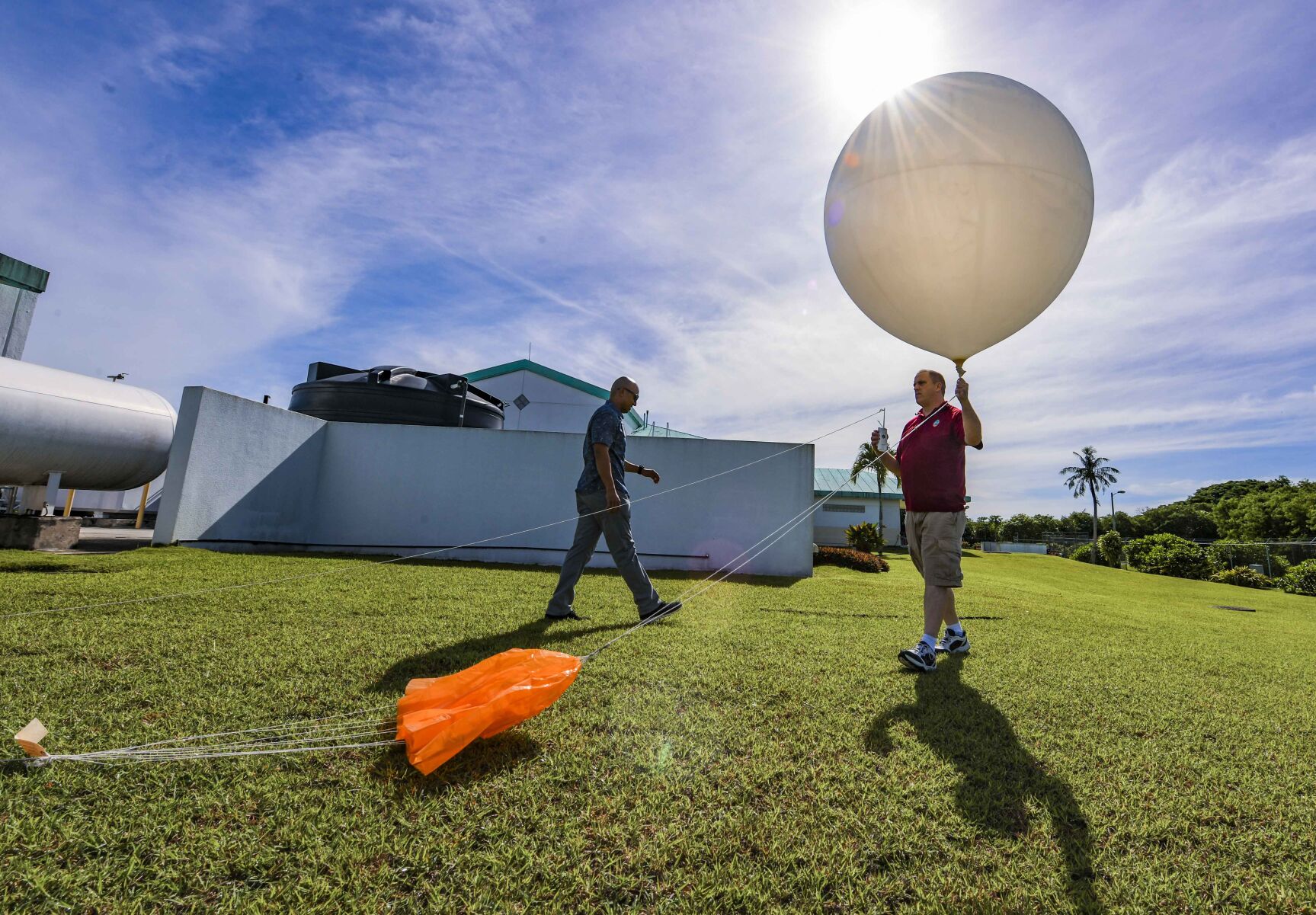

In 1941, Margaret Smagorinsky (née Knoepfel) was hired as the Weather Bureau's first female statistician. The Bureau would later be moved to the Department of Commerce in 1940. The Bureau prohibited the word " tornado" from being used in any of its weather products out of concern for inciting panic (a move contradicted in its intentions by the high death tolls in past tornado outbreaks due to the lack of advanced warning) until 1938, when it began disseminating tornado warnings exclusively to emergency management personnel. The first Weather Bureau radiosonde was launched in Massachusetts in 1937, which prompted a switch from routine aircraft observation to radiosondes within two years. Under the oversight of that branch, the Bureau began issuing flood warnings and fire weather forecasts, and issued the first daily national surface weather maps it also established a network to distribute warnings for tropical cyclones as well as a data exchange service that relayed European weather analysis to the Bureau and vice versa.

The agency first became a civilian enterprise in 1890, when it became part of the Department of Agriculture. While a debate went on between the Signal Service and Congress over whether the forecasting of weather conditions should be handled by civilian agencies or the Signal Service's existing forecast office, a Congressional committee was formed to oversee the matter, recommending that the office's operations be transferred to the Department of War following a two-year investigation. In his earlier role as the civilian assistant to the chief of the Signal Service, Abbe urged the Department of War to research weather conditions to provide a scientific basis behind the forecasts he would continue to urge the study of meteorology as a science after becoming Weather Bureau chief. Ībbe was appointed as the Bureau's first chief meteorologist. General Myer gave the National Weather Service its first name: The Division of Telegrams and Reports for the Benefit of Commerce. Army Signal Service under Brigadier General Albert J. and for giving notice on the northern (Great) Lakes and on the seacoast by magnetic telegraph and marine signals, of the approach and force of storms." The agency was placed under the Secretary of War as Congress felt "military discipline would probably secure the greatest promptness, regularity, and accuracy in the required observations." Within the Department of War, it was assigned to the U.S. Grant with a mission to "provide for taking meteorological observations at the military stations in the interior of the continent and at other points in the States and Territories. Paine introduced a bill to provide the funding, and in 1870, the Weather Bureau of the United States was established through a joint resolution of Congress signed by President Ulysses S. Lapham of Wisconsin lobbied Congress to create such a service, having witnessed the destructive power of storms in the Great Lakes region. In 1869, Cleveland Abbe began developing probabilistic forecasts using daily weather data sent via telegraph by the Cincinnati Chamber of Commerce and Western Union, which he convinced to back the collection of such information. Calls for the creation of a government weather bureau began as early as 1844, when the electrical telegraph was introduced.


 0 kommentar(er)
0 kommentar(er)
